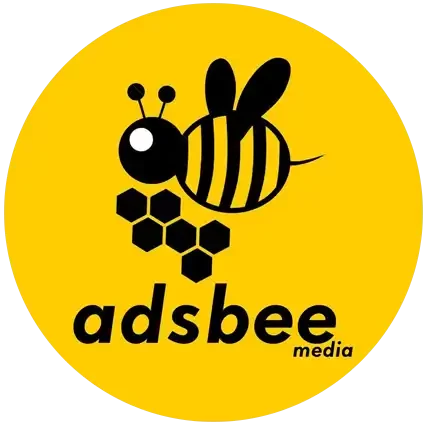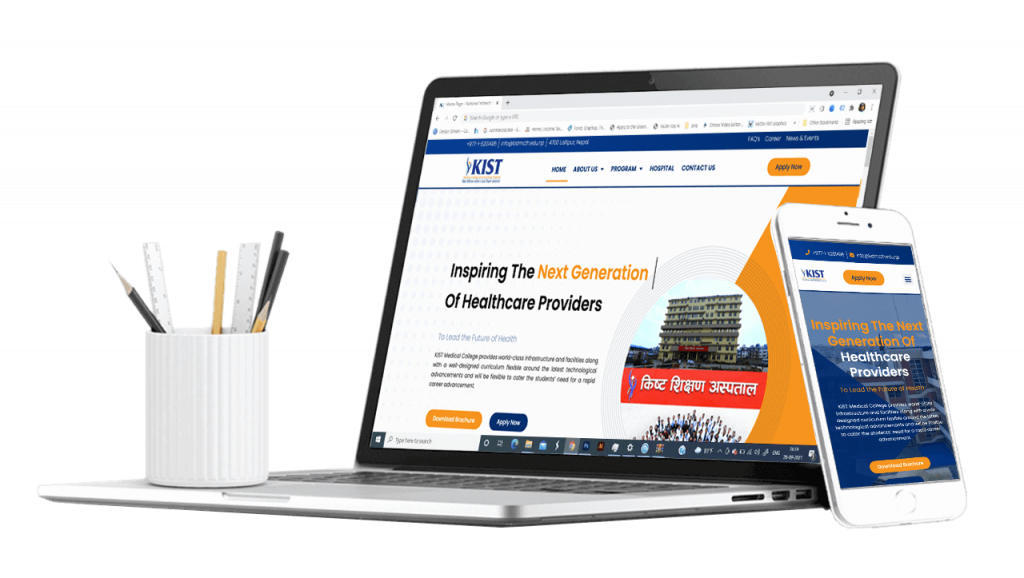Social Media
for Education Sector
Social Media isn’t just about posting food photos and kitten videos. The goal of an educational institution using social media for education is to create an active online community of students, parents, and alumni.

Case Studies
Why Should Your Educational Institution Use Social Media?
Let’s start with the basics: approximately 2.62 billion social media members worldwide. That’s a tremendous number of people you can potentially interact with and sell your institutions for free on a nominal budget.
Your educational institution’s social media presence will not reach billions of people; however, you cannot ignore how institutions reduce their budgets and administrative time.
Facebook and Instagram are already used regularly by your community so they may be a terrific tools for marketing. Parents and students seek proof outward your institute’s website of what life will be like in the real world. They’re looking for authenticity in your material, which means actual individuals contributing real stuff.


How Can You Use Social Media To Promote Your Educational Institution?
Identifying your institutional message is important before promoting your institution on social media. As a fundamental matter, this entails explaining the characteristics of your institution and the values that are inherent to it.
Do you have a program for gifted learners at your institution? Is your institution supportive of the arts and students’ ability to express themselves? Do you provide a community-building environment in addition to academic learning?
The messages you use on your digital channels, the materials you upload, and your social media for education sites will all be influenced by your messaging. It is not a bad idea to do a survey or inquire about students, parents, or even employees’ perceptions of your institute.
How Do You Use Social Media To Reach Out To Parents And Students?
There are two types of social media marketing: Paid social media ads and promotions and organic social media posts. Consider the phrase “acquisition” and “retention” when discussing paid versus organic social media.
A paid social ad is the best way to reach parents and students who are not already following your institution. A paid social ad is the best way to get students.
Organic posting is the best technique for retaining current students by fostering a sense of community. A simple way to maintain a connection with the students is by engaging the parents

Growth
Devise strategies to attract new patrons

Engagement
Build a community of loyal and repeat customers

Reputation
Help to preserve and protect your reputation
You’ll need to “pay to play” to reach many potential enrollees. Unlike traditional print or media advertising, this isn’t as expensive as conventional marketing. Even if a marketing budget is limited, an institution can use social media for education platforms such as Facebook’s demographic data to contact its target market accurately.
According to a recent survey, more than 74% of people these days spend their leisure time online; therefore, utilizing Social Media is a wonderful approach to target this demographic.

What Kind of Social Media Material Should Your Educational Institution Post?
Prepare a social media for education strategy before you start posting relevant content. Begin by deciding which social media networks you want to include in your brand and setting goals for your main channel.
You don’t have to be present on every platform. Concentrating your marketing efforts on a few channels is better than spreading them thin among several low-return platforms.
Most educational institutions use Facebook and Instagram to communicate with their audiences. If you know your target market is happening on those channels and have the means to incorporate it into your marketing activities, you might consider YouTube or Pinterest.
If you plan your first awareness campaign, you may want to gather success stories about students or teachers. This post can be linked to your institution’s homepage or a customized landing page.









